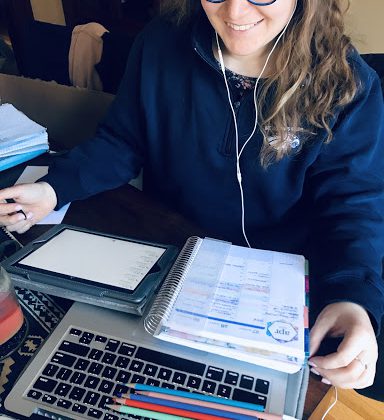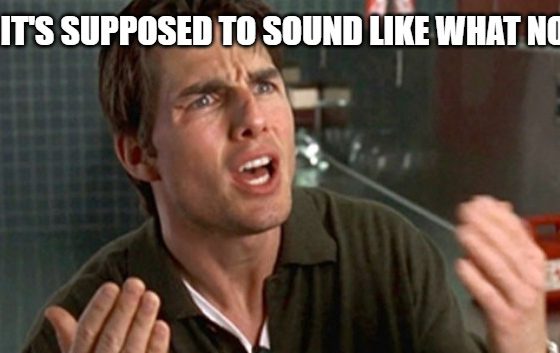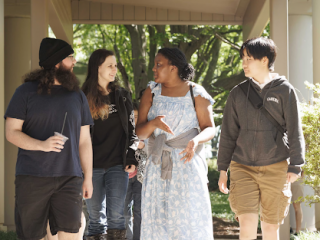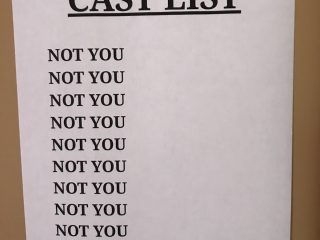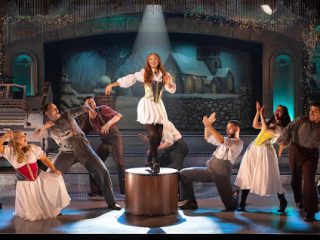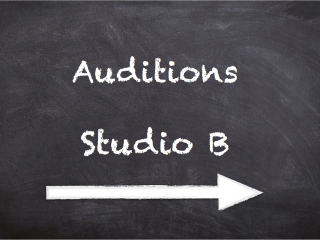Theater requires the sharing of space. Live performance necessitates a group of people breathing the same air, communing in a single location, and creating a temporary familial social bond through the act of telling and experiencing a story together. A visceral physical and emotional intimacy is created between performers and audience members: vital, vibrant, and alive.
This intimacy, so essential to our artistry and our industry, suddenly became a dangerous liability with the onslaught of the COVID-19 pandemic. The coronavirus has uprooted every aspect of our lives, a crisis of unimaginable scale and severity. The heartbreak has touched everyone and has led to a complete shift in our routines, our interactions, and our national identity. All industries have been affected, the theater industry but one of many.
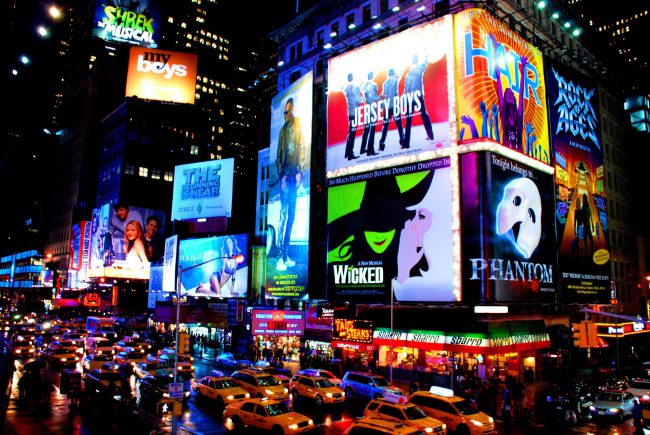
Broadway went dark on March 12th, 2020. Off-Broadway followed shortly thereafter, then regional theaters, and soon every variety of performing arts agency went on pause across the country. Theater companies struggled with an unprecedented and quick-changing situation. Social distancing is impossible in the performing arts. Indeed, the entire structure of seeing a play is designed to bring people closer together. The safest option eventually and inevitably became apparent: to cancel all live get-togethers of any kind for the foreseeable future.
The New York theater district, normally a bustling hive of activity, fell silent. The hundreds of American regional theaters, normally humming with creative energy, fell empty and still. Theater companies of every type and size were forced to make drastic decisions. Brutal and painful survival tactics followed: staff layoffs; massive furloughs; salary reductions. Rampant, industry-wide unemployment followed shortly. Shows in progress were closed early or postponed. The Broadway revival of Who’s Afraid of Virginia Woolf, then only 9 previews into its run, was closed indefinitely. The Broadway premiere of Beetlejuice was scheduled to run until June 2020 but played its final performance on March 10. Across the pond, the West End production of Waitress was forced to close early, leaving cast and audiences devastated that the show would not complete its run. Then future shows started being canceled. Then entire seasons.
And the performers themselves, from coast to coast, were left with no income and no creative outlet. Though everyone processed the sudden changes differently, an industry-wide sense of disorientation prevailed: a feeling of being in limbo, stuck in the in-between, a tremendous sense of confusion, a profound sadness at the loss of purpose. As the days turned into weeks, the biggest question became: what now? How can theater exist without theater? Is there an idea of theater that transcends the physical environment of a theater building? Can theater be an act, an action, a practice? Can theater exist outside of its home? Can theater survive without its core physical attributes? And who are we, as theater artists, outside of our usual context?

To many actors, myself included, theater is more than just our profession. It is our home. It is a place of tremendous healing and solace. In its ideal form, theater provides (to both participant and spectator) a unique sense of catharsis, comfort, and community. For what do we all want to be? Not alone. What do we all want to hear? That it will all be okay. Theater provided both of those necessary human services: “not- aloneness” and a feeling of “okay-ness”. Even when everyone dies at the end of a play, the actors still get up and take a bow. We get that closure, that encouragement, that hope. How do we live without it? Actors are by definition can-do people. That “the show must go on” mentality is in our blood. How do we turn that off?
The answer is we don’t. After the first few weeks, a new consensus started to ripple through the American theater community. This crisis was not an end to art, just a pivot. The theater is always about to die; the theater industry has been about to collapse, about to end, about to go out of business throughout its history … and yet it has not. Our community has been rocked and ravaged by plagues, stigma, bad reputations, forced closures, competitions with radio and TV, the devastation of the AIDS crisis, an unjust lack of government aid, and insufficient corporate funding … and yet, nevertheless, we persisted. Theater as an art form and an industry has survived every possible disaster. The theatrical world has adapted to these threats, has molded around them, and enfolded them into its very identity. Each hardship has become a part of the tapestry of the theatrical community, a strand of the story.
And performers don’t quit! Actors are nothing if not resilient. Imaginative and empathetic by nature, performers are ideally suited to weathering a storm and coming up with new ways to gather, to engage, and to entertain. Gloriously optimistic, theater performers have been rallying during this crisis and thinking of new ways to hone their craft and create content from home. Home concerts have proliferated, along with Zoom readings, the writing of new plays, and the learning of new skills. Broadway voices have sung out, not from historic theaters, but from living rooms. Talented performers have used their skills to benefit charities. Collaboration and creation haven’t ended, they’ve just changed style. Take a look at this clip of a very special rendition of “The Ladies Who Lunch” for inspiration on how to make the most of Zoom!
Theaters are now producing digital content; streaming old shows; opening up their archives; creating new performance pieces; airing readings and workshops; curating classes, podcasts, and interviews; launching virtual fundraisers; switching upcoming shows to audio only; holding benefits online; investing in new ways to stay engaged with patrons and artists.
So although the lights are out on Broadway, the Broadway community is alive. Though the New York theatrical community —and all the other wonderful theatrical hubs and pockets across the country— are still not able to provide live, in-person programming, the community is still vibrant, still pulsing with electricity and a creative spark. I have hope. This crisis is testing us all. It will hurt us and cut us to the bone. It will tear at our strings of togetherness and wear us down. But it will not break us. The act of gathering together around a campfire to tell stories is so deeply embedded in our collective psyche that no disaster —no matter how large, long, or widespread— can sever or destroy it. It’s in our DNA. It’s instinctual. The new, post-coronavirus theatrical world will not be the same, but it will still be beautiful. We will reopen. We will tell stories again.

